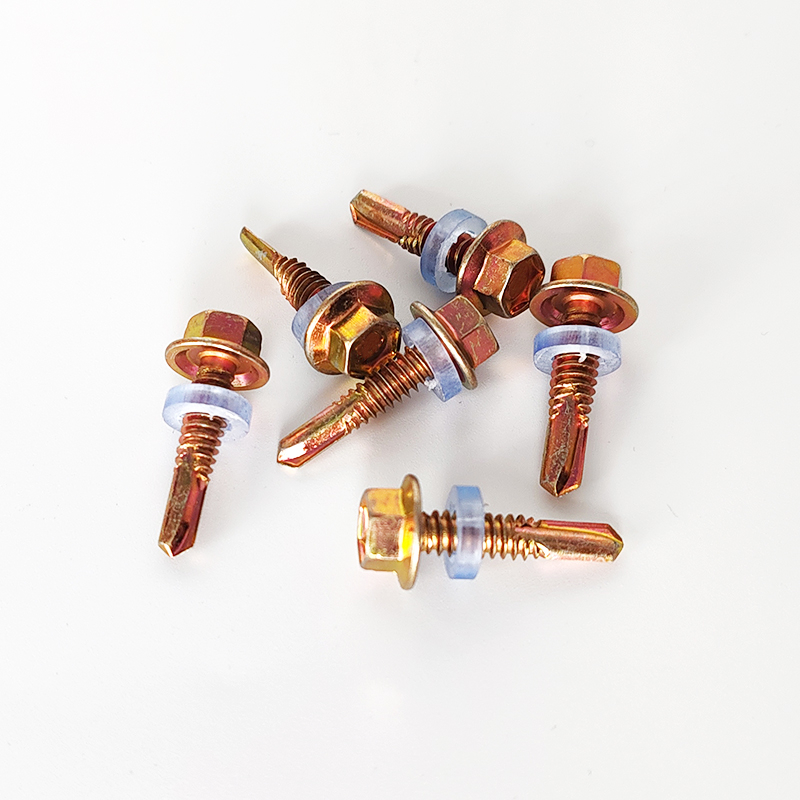Specification Guide for Chemical Anchor Bolts in Construction Applications
Chemical Anchor Bolts Specifications and Applications
Chemical anchor bolts are critical components in construction and engineering that provide strength and reliability in various applications. As technology advances, the specifications and applications of these anchors have evolved, ensuring safety and effectiveness in load-bearing scenarios. Understanding the specifications of chemical anchor bolts is essential for professionals in construction and engineering fields seeking to implement the best fastening solutions.
What are Chemical Anchor Bolts?
Chemical anchor bolts are fasteners that rely on a chemical adhesive to bond a bolt to a substrate. Typically made from high-strength steel, these bolts are installed in pre-drilled holes, where a two-part resin is injected. The resin cures in the hole, creating a robust bond between the bolt and the surrounding concrete or masonry. Chemical anchors are particularly effective in thin-walled members or situations where traditional mechanical anchors may not provide adequate load resistance.
Key Specifications
1. Material Composition Chemical anchor bolts are generally made from various grades of steel, often stainless or high-strength carbon steel, providing resilience against corrosion and wear. The choice of material is crucial, especially in harsh environments where environmental factors call for enhanced durability.
2. Diameter and Length The diameter and length of the anchor bolt play a vital role in determining load capacity. Common diameters range from M6 (6 mm) to M30 (30 mm), with lengths varying based on the thickness of the material being anchored. Choosing the right diameter and length ensures optimal performance and load distribution.
3. Load Capacity Chemical anchor bolts are designed to support varying loads, categorized into tension and shear loads. Specifications often include allowable load values, with detailed testing conducted to establish safe working loads under specific conditions. It is critical for engineers to refer to manufacturer data and standardized testing reports to ensure compliance and structural integrity.
4. Bonding Agent Properties The chemical adhesive used in bonding typically consists of epoxies or polyester resins. These agents provide excellent bonding strength and resistance to moisture, temperature fluctuations, and chemical exposure. Different formulations offer varying curing times and strength properties, allowing professionals to choose the best product for their application.
5. Installation Guidelines Proper installation is essential for achieving the maximum effectiveness of chemical anchor bolts. Guidelines often include cleaning the hole to remove dust and debris, ensuring proper mixing of the adhesive, and following specific curing times before applying loads. Attention to detail during installation significantly impacts the performance and longevity of the anchor.
chemical anchor bolts specification

6. Environmental Considerations Consideration for the environmental conditions in which the anchors will be used is vital. Specifications often address resistance to temperature extremes, moisture, and chemicals, which can affect both the anchor and the bonding agent. Choosing the right materials and formulations based on environmental exposure can prevent premature failure.
Applications of Chemical Anchor Bolts
Chemical anchor bolts are used across various sectors, including
- Construction In building structures, chemical anchors are employed for attaching heavy machinery, structural beams, and safety barriers. Their ability to provide high load capacities makes them suitable for critical applications.
- Infrastructure In road construction, bridges, and tunnels, chemical anchors secure components like guardrails and lighting fixtures, ensuring stability and safety.
- Industrial Settings These anchors are common in factories and warehouses where equipment requires secure mounting to prevent vibrations from affecting driving elements.
- Renovation Projects Chemical anchors offer a reliable solution for retrofitting existing structures, allowing for the addition of new elements without compromising structural integrity.
Conclusion
Chemical anchor bolts represent a sophisticated and reliable fastening solution, essential for modern construction and engineering. Their specifications—ranging from material composition to load capacities—are critical to ensure safety and efficiency in various applications. By understanding these specifications and following proper installation guidelines, professionals can leverage the advantages of chemical anchor bolts to enhance the strength and durability of their projects. Emphasizing quality, adherence to standards, and environmental considerations will lead to successful applications in everyday structures and significant infrastructure projects alike.
-
Weatherproof Plastic Expansion Anchors for OutdoorNewsJun.06,2025
-
Sustainability in the Supply Chain: Eco-Friendly TEK Screws ProductionNewsJun.06,2025
-
Load-Bearing Capacity of External Insulation FixingsNewsJun.06,2025
-
Double Head Bolts: Enhancing Efficiency in Industrial MachineryNewsJun.06,2025
-
Corrosion Resistance in Chipboard Screws: Coatings for Wholesale DurabilityNewsJun.06,2025
-
Butterfly Toggle Bolts : Enhancing Structural ResilienceNewsJun.06,2025
